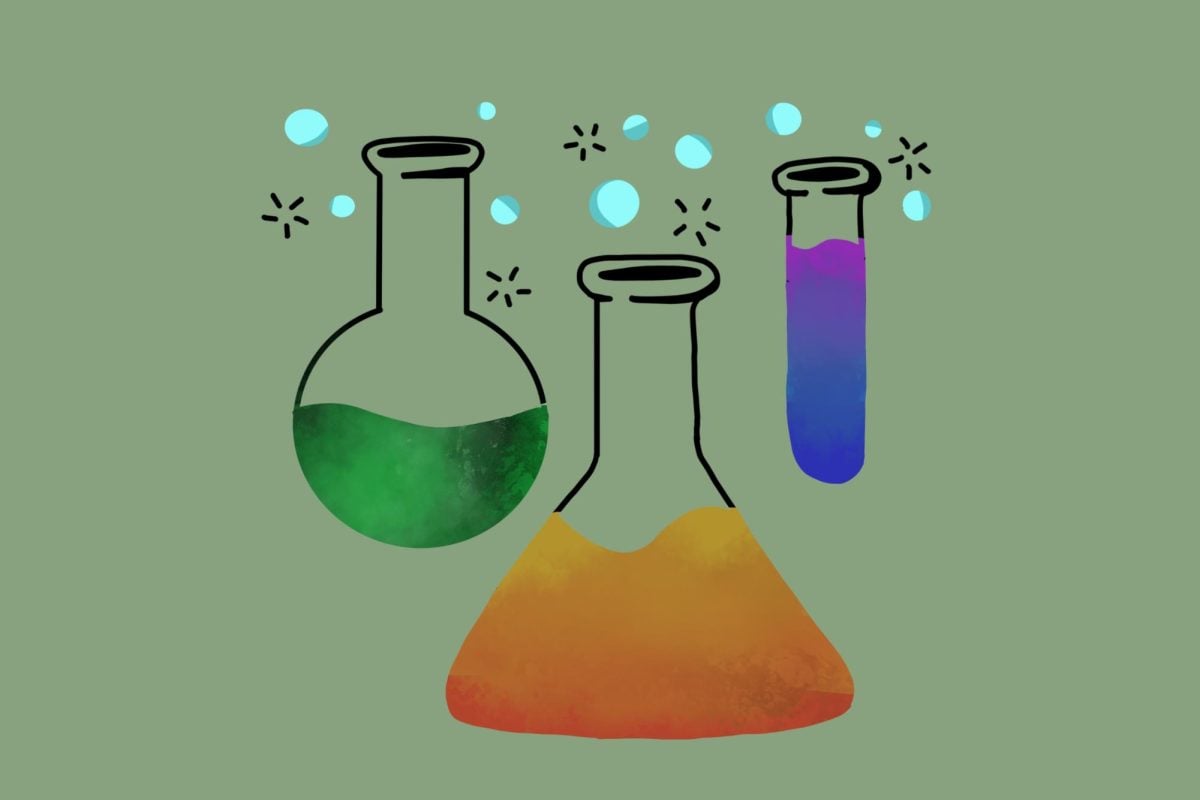Since Nov. 1, Northwestern faculty have taken important strides to advance research in areas ranging from neuroscience to environmental equity.
Climate and environment
Four recent studies centered around climate and environment — with the first getting help from an underwater cave-diving team in Mexico’s Yucatan Peninsula. This Earth and planetary sciences group — housed in the Weinberg College of Arts and Sciences — conducted the most expansive study to date of microbes inside underwater caves and rivers, which drive overall ecosystem health.
Cave microbiomes differ both from the surrounding water and between cave systems, the group found in a study published on Nov. 2 in the journal Applied and Environmental Microbiology.
NU researchers also collaborated with the University of Copenhagen to study glacier retreat in Greenland and found the retreat rate has doubled over the past two decades through satellite images and historical aerial photos. The findings, published Nov. 9 in Nature Climate Change, highlight the need to slow global warming given the extreme temperature sensitivity across Earth’s northern peripheral glaciers. The group’s focus on glaciers separate from Greenland’s main ice sheet was novel, according to the release.
In a related climate change research quest, a Weinberg chemistry team discovered a bacterial enzyme which converts greenhouse gas to liquid biofuel. With the naturally occurring enzyme acting as nature’s “microbial chemist,” the group identified a protein that converts methane to methanol — something modern chemistry hopes to use to both reduce greenhouse gasses and create usable energy.
Human health and disease
On the human health and disease front, Northwestern Medicine researchers studied equations which predict the risk of heart disease and found they can do so 10 years younger than before. The study also found that since the new equations removed race from risk prediction, it has the potential to advance health equity for heart and metabolic diseases.
Another group found that all-nighters can have antidepressant effects that last for several days, thanks to the neurotransmitter dopamine. The work could help both researchers uncover natural mood transitions and scientists to identify new drug targets for antidepressant medications.
An NU team studying drug-producing cells developed a device that produces oxygen for self-contained implants using electricity to split water surrounding the cells. This approach shows promise for acute and chronic applications of drug-producing cells, according to the release.
McCormick scientists developed a skin cream that could heal skin injuries throughout the day, such as those inflicted by sun or chemical burns. This synthetic melanin can accelerate wound healing by mimicking the natural functions of melanin.
Equity and urban environments
An environmental equity study published Nov. 7 in Environmental Science and Technology found that communities of color have disproportionately higher pollution-related deaths than their white counterpart communities. Using pollution models and census data, the study’s findings of urban hotspots could help create potential solutions to address unequal impacts.
NU researchers from the Center for Neighborhood Engaged Research and Science looked at data from Chicago community violence intervention program participation and found that individuals who completed a CVI were significantly less likely to be involved in gun violence.
Email: [email protected]
Twitter: @noracollins02
Related Stories:
— Nature, nurture, or both? The scientists behind AI-made robots
— Northwestern Medicine study identifies new cancer treatment
— Northwestern researchers receives grant to fund child health research


















